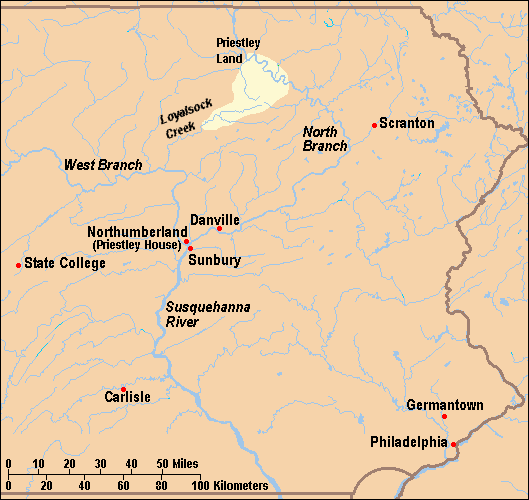|
Fanlight
A fanlight is a form of lunette window, often semicircular or semi-elliptical in shape, with glazing bars or tracery sets radiating out like an open fan. It is placed over another window or a doorway, and is sometimes hinged to a transom. The bars in the fixed glazed window spread out in the manner of a sunburst. It is also called a "sunburst light". Gallery Image:Priestley Door.jpg, Main door and fanlight, Joseph Priestley House in Northumberland, Pennsylvania Image:2007-04-08DeilingenKapelle05.jpg, Image:03576 - Porta Venezia, Milano - Dettaglio - Foto Giovanni Dall'Orto 23-Jun-2007.jpg, City gate Milan, Italy Image:Palácio-da-Pena Pátio-dos-Arcos 1 (OUT-07).jpg, Palácio Nacional da Pena, Sintra, Portugal Portugal, officially the Portuguese Republic, In recognized minority languages of Portugal: :* mwl, República Pertuesa is a country located on the Iberian Peninsula, in Southwestern Europe, and whose territory also includes the Macaronesian ... Image ... [...More Info...] [...Related Items...] OR: [Wikipedia] [Google] [Baidu] |
Joseph Priestley House
The Joseph Priestley House was the American home of 18th-century British theologian, Dissenting clergyman, natural philosopher (and discoverer of oxygen), educator, and political theorist Joseph Priestley (1733–1804) from 1798 until his death. Located in Northumberland, Pennsylvania, the house, which was designed by Priestley's wife Mary, is Georgian with Federalist accents. The Pennsylvania Historical and Museum Commission (PHMC) operated it as a museum dedicated to Joseph Priestley from 1970 to August 2009, when it closed due to low visitation and budget cuts. The house reopened in October 2009, still owned by the PHMC but operated by the Friends of Joseph Priestley House (FJPH). Fleeing religious persecution and political turmoil in Britain, the Priestleys emigrated to the United States in 1794 seeking a peaceful life. Hoping to avoid the political troubles that had plagued them in Britain and the problems of urban life they saw in the United States, the Priestleys built a ... [...More Info...] [...Related Items...] OR: [Wikipedia] [Google] [Baidu] |
Lunette
A lunette (French ''lunette'', "little moon") is a half-moon shaped architectural space, variously filled with sculpture, painted, glazed, filled with recessed masonry, or void. A lunette may also be segmental, and the arch may be an arc taken from an oval. A lunette window is commonly called a ''half-moon window'', or fanlight when bars separating its panes fan out radially. If a door is set within a round-headed arch, the space within the arch above the door, masonry or glass, is a lunette. If the door is a major access, and the lunette above is massive and deeply set, it may be called a tympanum. A lunette is also formed when a horizontal cornice transects a round-headed arch at the level of the imposts, where the arch springs. If the top of the lunette itself is bordered by a hood mould it can also be considered a pediment. The term is also employed to describe the section of interior wall between the curves of a vault and its springing line. A system of intersecting v ... [...More Info...] [...Related Items...] OR: [Wikipedia] [Google] [Baidu] |
Transom (architectural)
In architecture, a transom is a transverse horizontal structural beam or bar, or a crosspiece separating a door from a window above it. This contrasts with a mullion, a vertical structural member. Transom or transom window is also the customary U.S. word used for a transom light, the window over this crosspiece. In Britain, the transom light is usually referred to as a fanlight, often with a semi-circular shape, especially when the window is segmented like the slats of a folding hand fan. A prominent example of this is at the main entrance of 10 Downing Street, the official residence of the British prime minister. History In early Gothic ecclesiastical work, transoms are found only in belfry unglazed windows or spire lights, where they were deemed necessary to strengthen the mullions in the absence of the iron stay bars, which in glazed windows served a similar purpose. In the later Gothic, and more especially the Perpendicular Period, the introduction of transoms beca ... [...More Info...] [...Related Items...] OR: [Wikipedia] [Google] [Baidu] |



.jpg)